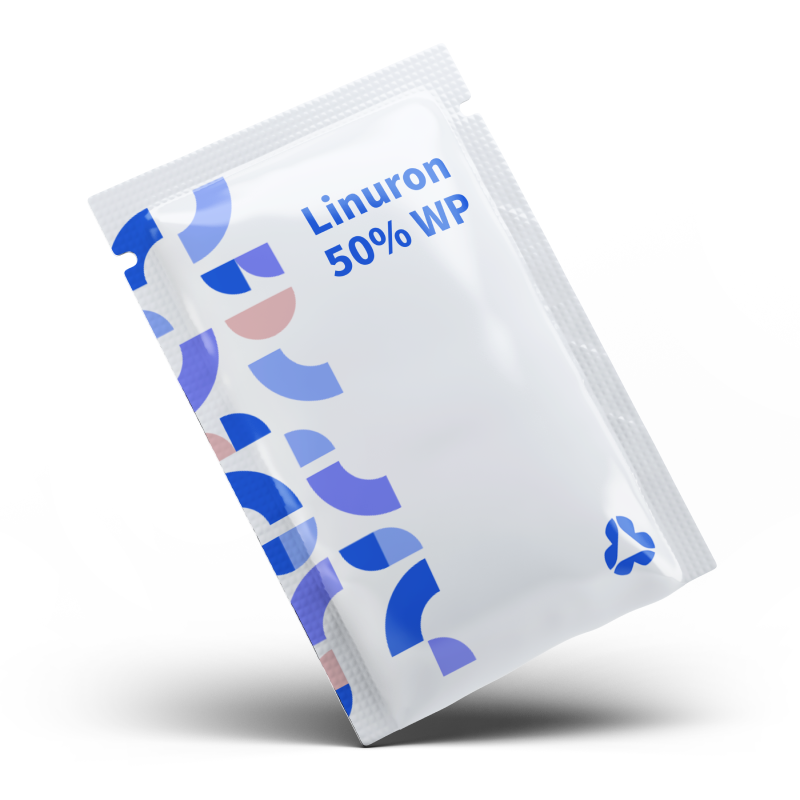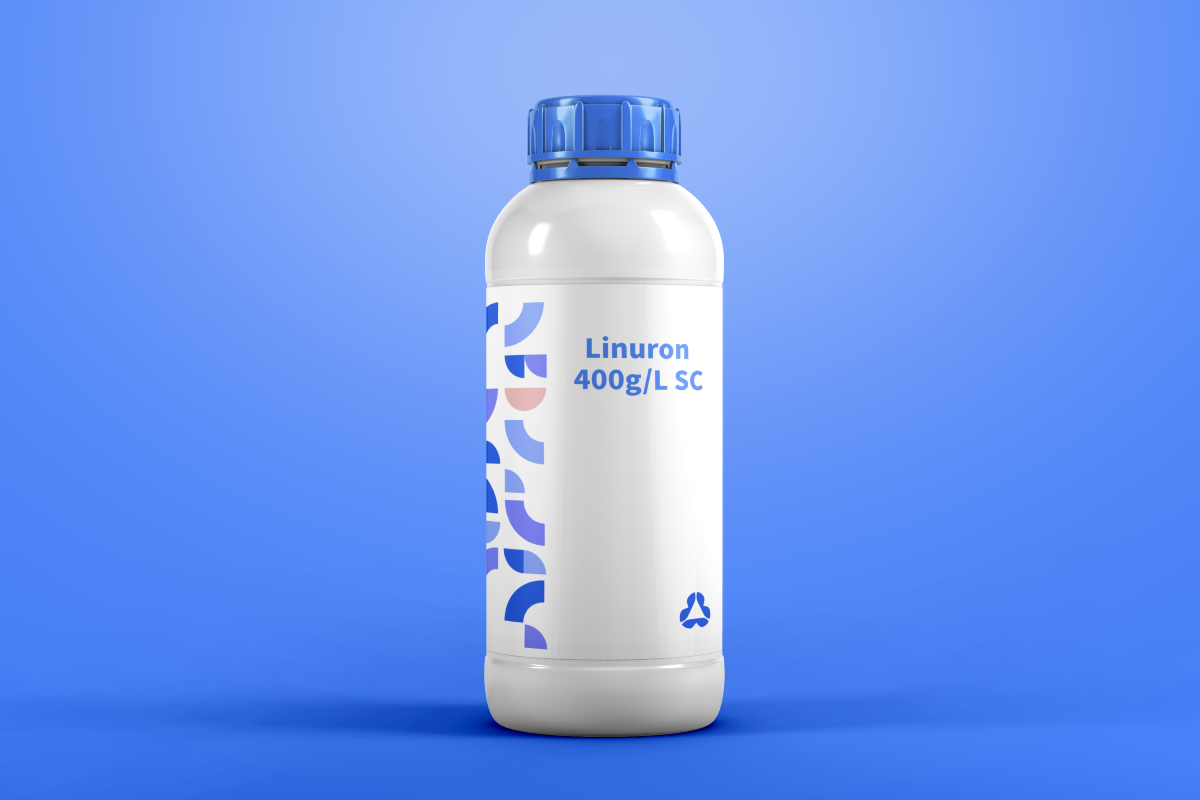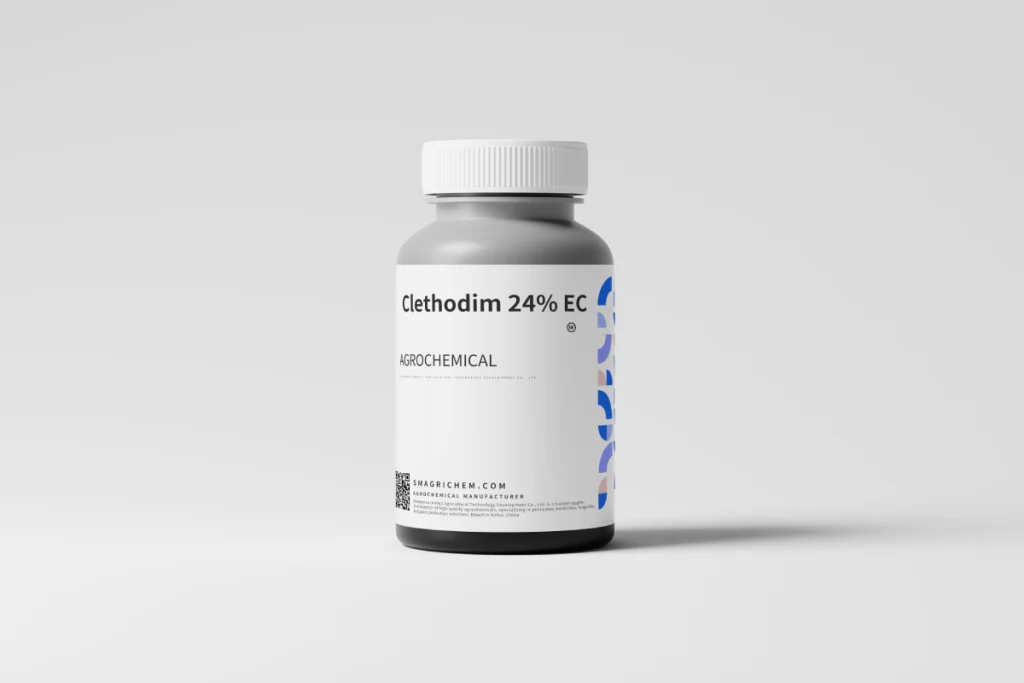Linuron offers flexible, cost-effective weed control across diverse crops, making it ideal for:
Linuron stands out among herbicides due to its unique combination of mode of action, selectivity, application flexibility, and environmental profile. Below is a detailed comparison with key herbicide classes:
- Linuron (HRAC Group 7): Blocks electron transport in photosystem II (PSII), disrupting ATP and NADPH production.
- Comparisons:
- Glyphosate (Group 9): Inhibits EPSP synthase, halting amino acid synthesis.
- Atrazine (Group 5): Also targets PSII but with higher soil mobility and longer persistence.
- 2,4-D (Group 4): Mimics auxin, causing uncontrolled growth in broadleaf plants.
Key Difference: Linuron’s PSII inhibition provides rapid chlorosis (yellowing) and necrosis, especially effective against annual broadleaf weeds.
- Linuron is selective in:
- Vegetables: Potatoes, carrots, onions, tomatoes, lettuce.
- Fruits: Strawberries, orchards, vineyards.
- Field Crops: Limited use in sugar beets, peanuts.
- Comparisons:
- Paraquat (Group 22): Non-selective, kills all vegetation on contact.
- Metribuzin (Group 5): Broader crop safety (e.g., soybeans, potatoes) but higher risk of soil carryover.
- Clethodim (Group 1): Selective only on grasses, sparing broadleaf crops.
Key Advantage: Linuron’s ability to control both grasses and broadleaf weeds in sensitive crops like carrots and lettuce.
- Linuron offers dual pre- and post-emergence activity:
- Pre-emergence: Forms a soil barrier to prevent weed germination.
- Post-emergence: Absorbed by leaves of young weeds.
- Comparisons:
- S-metolachlor (Group 15): Primarily pre-emergence, targeting germinating seeds.
- Glufosinate (Group 10): Post-emergence only, requires direct contact with foliage.
Key Difference: Linuron’s versatility allows growers to address weeds at multiple growth stages.
- Linuron has moderate soil persistence (half-life: 30–60 days), providing 4–6 weeks of residual control.
- Comparisons:
- Atrazine: Longer persistence (half-life: 60–100 days), increasing rotational crop restrictions.
- Dicamba: Shorter soil life (14–30 days), but high volatility risks off-target damage.
Key Advantage: Linuron’s balance between residual control and soil breakdown minimizes rotational crop risks.
- Linuron has:
- Low volatility: Reduced risk of vapor drift compared to 2,4-D or dicamba.
- Moderate water solubility: Risk of leaching in sandy soils but lower than atrazine.
- Comparisons:
- Glyphosate: Low soil mobility but widespread use raises resistance concerns.
- Paraquat: Highly toxic to humans/aquatic life; restricted in many regions.
Key Consideration: Linuron’s environmental impact depends on proper application (e.g., avoiding water bodies).
- Linuron is effective against glyphosate-resistant weeds (e.g., Palmer amaranth) due to its distinct mode of action.
- Comparisons:
- ALS inhibitors (Group 2): High resistance risk; Linuron is often tank-mixed with these to delay resistance.
Key Role: Linuron is a valuable tool in resistance management programs.
- Linuron is:
- Mid-range in cost: More affordable than specialty herbicides (e.g., glufosinate) but pricier than generic glyphosate.
- Widely available: Formulated alone or in blends (e.g., linuron + metribuzin).
Key Benefit: Cost-effective for small-acreage and specialty crop growers.
- Ideal Scenarios:
- Controlling mixed grass and broadleaf weeds in sensitive vegetables/fruits.
- Pre- and post-emergence flexibility in a single product.
- Resistance management in glyphosate-tolerant cropping systems.
- Regions with strict volatility regulations.
Key Trade-offs:
- Higher risk of soil carryover than shorter-lived herbicides (e.g., carfentrazone).
- Not suitable for crops sensitive to PSII inhibitors (e.g., some brassicas).
Conclusion: Linuron’s niche lies in its selectivity, dual action, and resistance management value, making it a strategic choice for diverse cropping systems.





